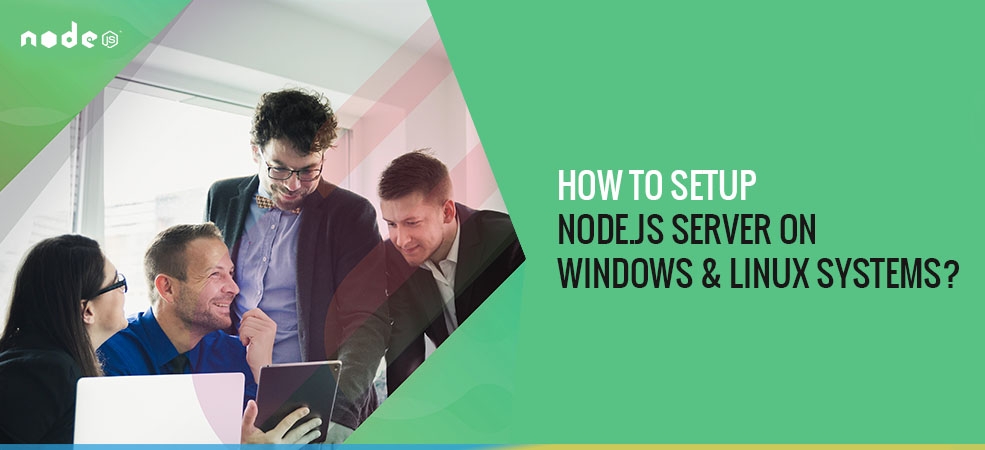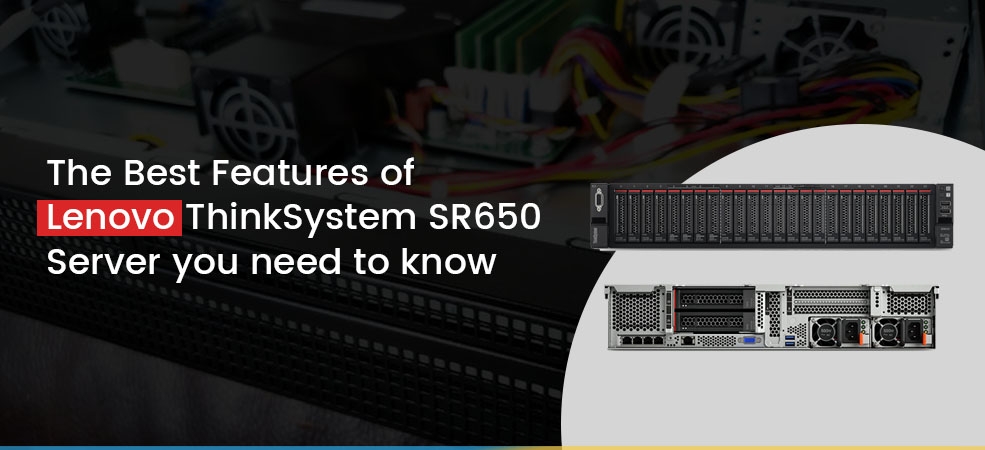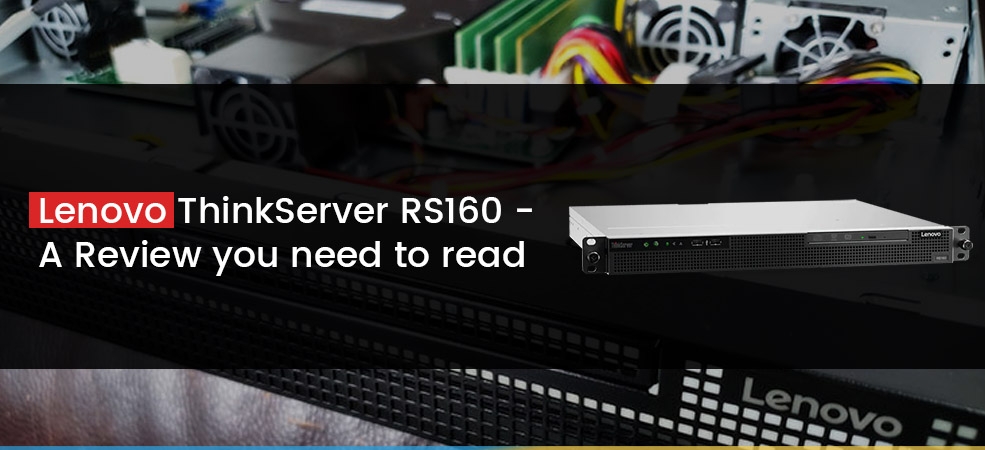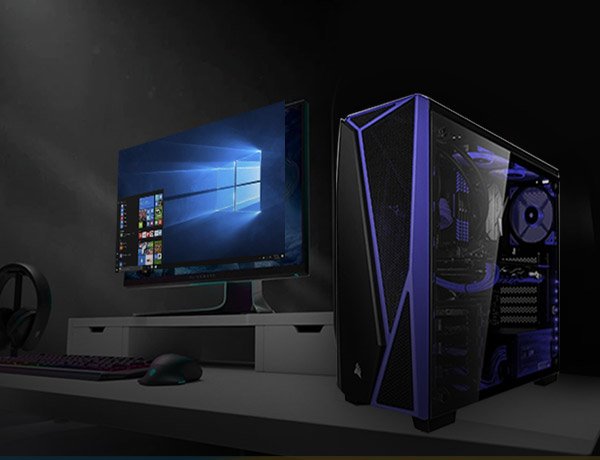How to Setup Node.js Server on Windows & Linux Systems?

Node.JS is a leading tool to create server-based apps in no time. It has come in handy for a lot of projects off-late. It is compatible with Windows as well as Linux systems.
Here is a brief tutorial on the Node JS Server Setup. We will discuss how you can install Node JS on your local windows and Linux systems.
What is NODE.JS?
The Node.js structure is, for the most part, used to make server-based applications. The system can without much of a stretch be utilized to make web servers that can serve substance to clients. There is an assortment of modules, for example, the "HTTP" and "solicitation" module, which aides in handling server related demands in the webserver space.
Remember Node isn't an application that you can stick into the taskbar and use it like MS Word or Photoshop. It is an order line application and you should realize the essentials to utilize Command line.
Basic Strides to Get started with Node.js?
It is anything but a hard errand and will just take you a few moments to set up Node.js. The accompanying goes to the particular strides to set up node.js on a Windows server. Note that, the entire procedure of establishment is fundamentally the equivalent, so you don't have to stress over which your OS variant is and what working framework you use.
1. your first step is to have a Windows Installer Package downloaded at earliest
To begin with, you're required to have your PC introduced with Node. You ought to go to the Node.js page and pick the imperative installer and download it. The model beneath we download the "Windows Installer" bundle. Note that you ought to pick the most versatile installer bundle for the arrangement course.
2. The next step requires you to function on Node.js Setup Wizard on your system
To continue, you ought to go to the "Downloads" area and discover the installer bundle you've downloaded. At that point click twice on it and open the arrangement wizard of it. You will see an establishment window like this. Snap "Next" and satisfy the entire "Arrangement Wizard". On the off chance that the advancement of the establishment is interfered with, you can open the past bundle by and click "Fix" to fix the potential issues that may exist.
3. Thereafter you need to finish the Installation Progress as soon as possible
After the establishment is finished, click "Finish". You would be wise to restart your PC before you use node.js under your direction. This can empower you to revive the Windows OS since its vault documents have been balanced simultaneously.
Strides to make sure if Node.js Is Working on Windows or not?
After you have got done with introducing node.js and Node Package Manager, you have to look at whether this Noda.js is producing results or not. In the accompanying, we pick a generally straightforward Node.js application to tell the best way to do this.
1. Construct a Node.js App
The primary thing you have to do is to assemble a neighborhood envelope for the picked application. A planned area, for example, "c:/work area/node/test-application", will empower the application to access to your records through "Windows Command Prompt". In our following model, there is an envelope named "test-ventures" in the "My Desktop" organizer. Also, we assemble a sub-envelope named as "my-node js-application" inside this "test-ventures" organizer.
2. Go for a Hello world script Configuration
To ensure that your Node runs well on Windows, design a welcome world content or a "welcome world.js" record in the "my-node js-application" organizer above. What you have to do is just to reorder the beneath code to this "welcome world.js" record. Note that, the setup code beneath is authentic code given by Node.js.
3. Go for the Windows Command Prompt Execution
At this point, you have to execute your first completed Node.js application. You can enter node.js in the "Search Programs and Files" content box to discover it. At that point run the "Node.js Command Prompt" legitimately from your Windows "Start" menu.
Here you can see that your "Node.js Command Prompt" is a direct line interface (CLL). To exploit this CLI, head to the alluded Node.js application's organizer. At that point, you simply need to enter the adjusted index substance direction like "disc \Desktop\test-projects\my-node js-application" in the interface.
4. Lastly, test if the Hello World Script is functioning
In the interim, you should include the direction as "node hi world.js" to work your "welcome world.js" document. In the case of everything goes well, you'll be told by the order line interface that "Server running at http://127.0.0.1:1337 at this point". You can type http://127.0.0.1:137 in whatever internet browser if you need. At that point, a program window will be open and you can see the "Welcome World" content, which mirrors that everything here is functioning admirably.
When you have done all the referenced advances easily, there is nothing you have to do. Up to now, Node.js on your Windows server should run well.
Assume you are not happy with Node.js and need to uninstall this Node.js, click "Start" to discover "Control Panel", and snap "Projects and Features". Here, pick the symbol with Node.js and snap "Uninstall". At that point, you simply continue as per bearing in the instrument tip box.
Pre-requirements
This guide accepts that you have the accompanying:
-
An Ubuntu 18.04 server arrangement, as portrayed in the underlying server arrangement direct for Ubuntu 18.04. You ought to have a non-root client with Sudo benefits and a functioning firewall.
-
An area name pointed at your server's open IP. This instructional exercise will utilize the area name example.com all through.
-
Nginx introduced, as shrouded in How To Install Nginx on Ubuntu 18.04.
-
Nginx designed with SSL utilizing Let's Encrypt endorsements. Step by step instructions to Secure Nginx with Let's Encrypt on Ubuntu 18.04 will walk you through the procedure.
Installation Strides on Linux Systems
The best working framework out there for engineers so we should begin how to introduce Node.js on Linux. Ubuntu contains the rendition of Node.js in its default storehouses that can be effectively utilized.
To get it introduced, we simply need to utilize the well-suited bundle director on Debian Linux distros. First, get updates to structure the servers and revive the nearby bundle list.
sudo well-suited get an update
sudo apt-get install nodejs
On the off chance that the form of Nodejs in the vaults suits your needs, this is all that you have to do to get set up with Node.js. furthermore, by and large, you will likewise introduce npm which is Node.js bundle supervisor composing:
sudo adept get introduce npm
This will enable you to effortlessly introduce modules and bundles to use with Node.js.
On account of contention with another bundle, the executable from the Ubuntu vaults is called nodejs rather than node. Remember this as you are running programming.
Conclusion
I hope we were able to clear a lot of things regarding the node js server setup. All these steps are very easy to implement. If you are stuck at some point. Do let us know your query by leaving it in the comment section below.




















Comments (0)